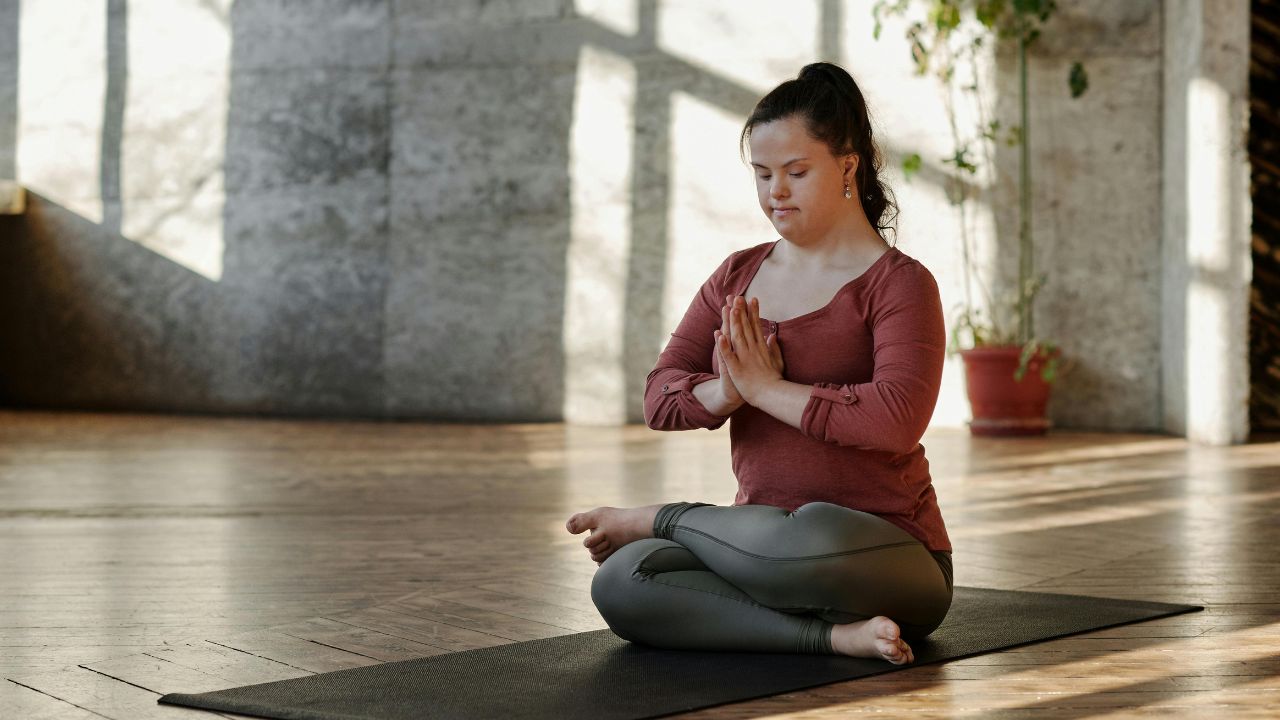As we all know, exercise is a vital part of a healthy lifestyle for everyone, and though it is difficult to adapt, individuals with the autism spectrum are no exception. And if you’re wondering why, here’s the answer!
Living with autism spectrum disorder (ASD) comes with its own set of everyday difficulties, such as social anxiety, weak muscles, poor posture, and coordination issues, which can be barriers to an active and healthy lifestyle. But there’s nothing to worry about! Regular physical activity can help improve social skills, body posture, and overall well-being. So here are 5 easy everyday exercises that can be a game changer for ASD warriors.
Daily Exercises for Autistic Warriors
Before we begin, understand that an individual with autism can lose focus, balance, and strength during such physical activities. So make sure you choose a safe space where there is no clutter, no slippery floor, and no disturbance. Please consider practicing on a carpet or a play mat and always keep a water bottle handy.
According to WHO, people with autism have different needs and abilities, and these might change over time. While some can live independently, others need care and support for the rest of their lives. So if you know anyone who has autism spectrum disorder, make sure they get the required help, emotional support, and friendly supervision to practice the following exercises:
1. Animal Walks
Exercise should feel fun, especially for those with autism spectrum disorder, who often feel shy and fear social interaction. Some fun animal-like movements can help these individuals build strong muscles and gain great confidence as well. For more fun, try participating in the activity with them.
You can help them start with simple animal walks such as crawling, spider walking, and animal jumps. Pretend you’re an animal walking on all fours for a comfortable period of time. You can be a crab walking sideways, or a frog hopping around happily.
Trust me, these silly movements are more than just fun! They help build strong muscles, especially in the core and leg area. Strong core muscles help with things like sitting up straight and walking easily, which can be tricky for some people with autism spectrum.
2. Balance Beam Challenge
As stated earlier, individuals with autism can find it difficult to maintain balance and focus. Balance-beam walking can make some miraculous changes here!
- Take a piece of colored tape or chalk and mark the floor in a straight line.
- Guide them to walk on the make-believe balance beam.
This exercise helps improve the body’s spatial awareness, which is important for maintaining stability. Individuals with autism spectrum may first find it difficult to walk straight but eventually, you will see a difference.
3. Trampoline Jumps
Jumping is a fantastic way to work out! It strengthens heart muscles and most importantly, fixes the posture with minimal effort. But don’t you think that this exercise is much better with the trampoline? As it’s simply bouncing, the trampoline surface provides a secure space to let off steam, without the limitation of fun. People with autism occasionally become overwhelmed by sensory information. However, a simple jumping exercise can help the brain understand and digest this information.
If you don’t have access to a trampoline you can try rope jumping with them as long as they’re comfortable with this substitute.
4. Home Obstacle Course
An obstacle course is a specially created space with some difficult physical barriers designed to test and more importantly improve your speed, stamina, and agility. While these courses are difficult, here’s an easier version for autistic warriors to practice every day at home.
The activities may include running, jumping, climbing, crawling, balancing, and other sporty activities. Gather some boxes, chairs, and cushions. Now let your creativity loose to design a fantastic obstacle course for your friend! They can navigate a maze, leap over obstacles, and crawl under tunnels. Such activities can spark imagination and make problem-solving enjoyable. Problem-solving can be challenging for those with autism spectrum at times. To make this more fun and dedicated you can offer them a treat for completing the task so that they don’t lose interest in this everyday activity.
5. Yogasana for Soul And Body
It is said that yogasana is a perfect activity for a healthy body and a happy soul. While some asanas look difficult there is a set of simple yoga asanas that individuals with autism can easily adapt to and can greatly benefit from.
It will be easier for them to learn the exercise easily with a proper demonstration. So make sure to first practice it yourself, and then ask them to follow the same steps.
1. Child’s Pose (Balasana)
How-to:
- Kneel on the floor with your toes together and knees hip-width apart.
- Sit back on your heels, resting your torso between your thighs.
- Extend your arms forward or place them beside you with palms down
- Rest your forehead on the floor or a pillow.
- Breathe deeply and slowly, focusing on the sensations in your body.
Benefits:
- Promotes relaxation and reduces stress and anxiety.
- Gently stretches the back, hips, thighs, and ankles.
- Offers a sense of containment and security.
2. Downward-Facing Dog (Adho Mukha Svanasana)
How-to:
- Begin on all fours with your hands shoulder-width apart and knees hip-width apart.
- Push your hips back and up, straightening your legs as much as comfortable.
- Keep your heels flat on the floor (or press them down if not touching) and lengthen your spine.
- Look back towards your heels, but don’t force your neck.
- Breathe deeply and hold for several breaths.
Benefits:
- Improves strength, flexibility, and balance.
- Strengthens the body and calms the mind.
- Improves Blood circulation.
- Can be calming and pleasant for individuals with autism.
3. Cat-Cow Pose (Marjaryasana – Bitilasana)
How-to:
- Start on all fours with your hands shoulder-width apart and knees hip-width apart.
- For the cat pose, inhale while arching your back upwards, dropping your belly towards the mat, and looking up towards the ceiling.
- Next, do the cow pose, by rounding your back upwards, tucking your chin to your chest, and engaging your core muscles.
- Move slowly and rhythmically with your breath.
Benefits:
- Improves spine mobility and coordination.
- Promotes relaxation and stress relief.
- Encourages mindful breathing.
4. Tree Pose (Vriksasana)
How-to:
- Stand tall with your feet together.
- Slowly lift one foot and place it on your inner calf, ankle, or sole of the other foot (whichever feels most comfortable and stable).
- Keep your standing leg strong.
- Raise your arms overhead, or in front of you with palms together. You can even extend them out to the sides for better balance.
- Hold for a few breaths, then switch sides.
Benefits:
- Enhances balance and concentration.
- Strengthens the legs and core muscles.
- Improves body awareness and proprioception (sense of body position).
5. Corpse Pose (Savasana)
How-to:
- Lie flat on your back with your arms at your sides and palms facing up.
- Close your eyes and relax your entire body.
- Focus on your breath and let go of any tension.
- Stay in this position for 10-15 minutes.
Benefits:
- Promotes deep relaxation and reduces workout stress.
- Improves sleep quality.
- Allows the body and mind to rest and recharge.
These are just a few of the fun and engaging exercises that people with autism spectrum disorder can enjoy and benefit from. Some ASD warriors face bigger challenges and require a more tailored approach, for them, physiotherapy can be a game-changer. Physiotherapists can create personalized exercise programs that target specific needs. If you’re interested in learning more about physiotherapy for ASD, book a free consultation call with us.
Remember, exercise is a journey, not a destination. Do only as much as you can. Make sure to share this information with those in need. With a little creativity, some fun exercise, and encouragement from our side, our brave friends can experience the joy of movement and the many other benefits it brings!


